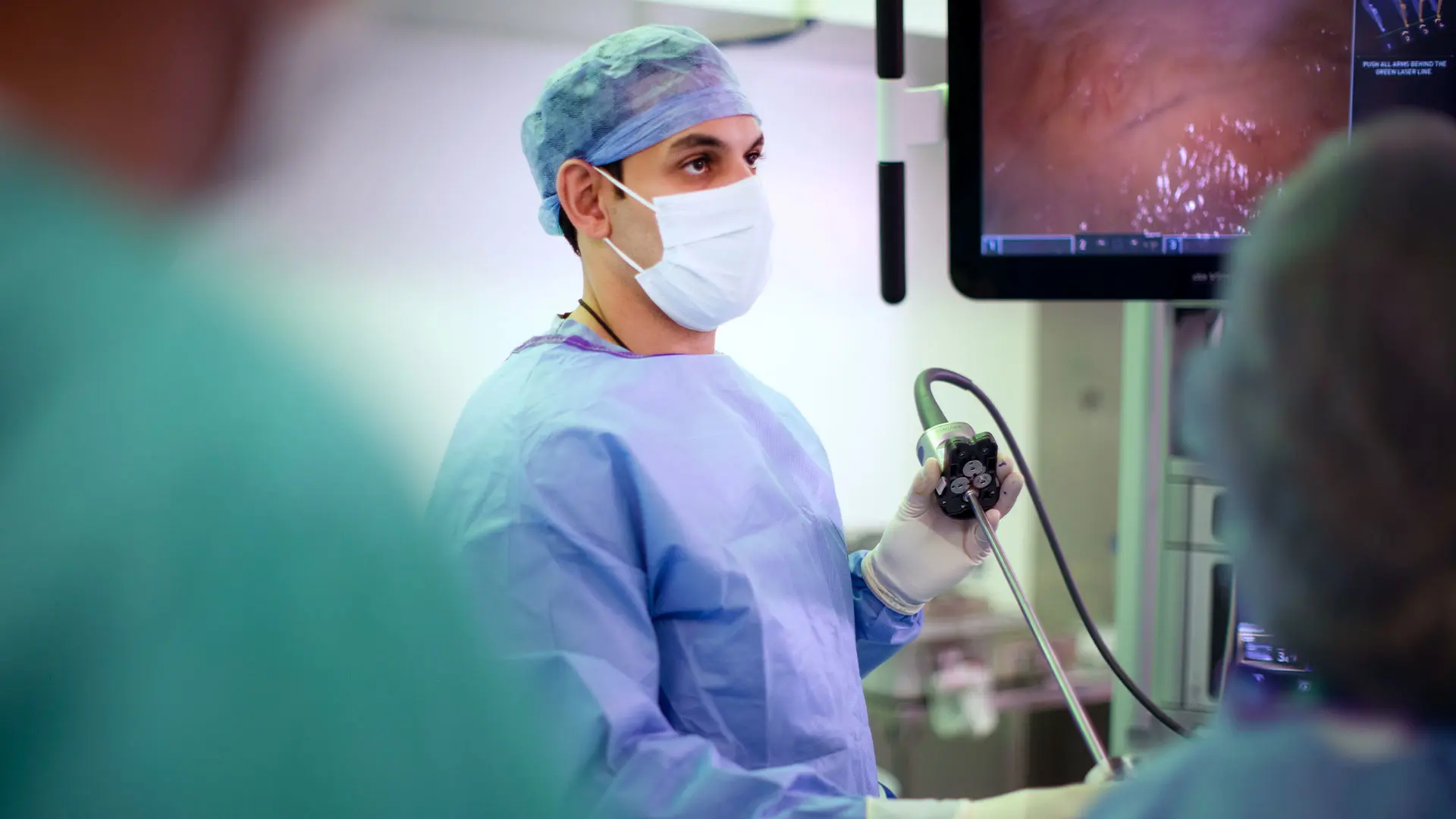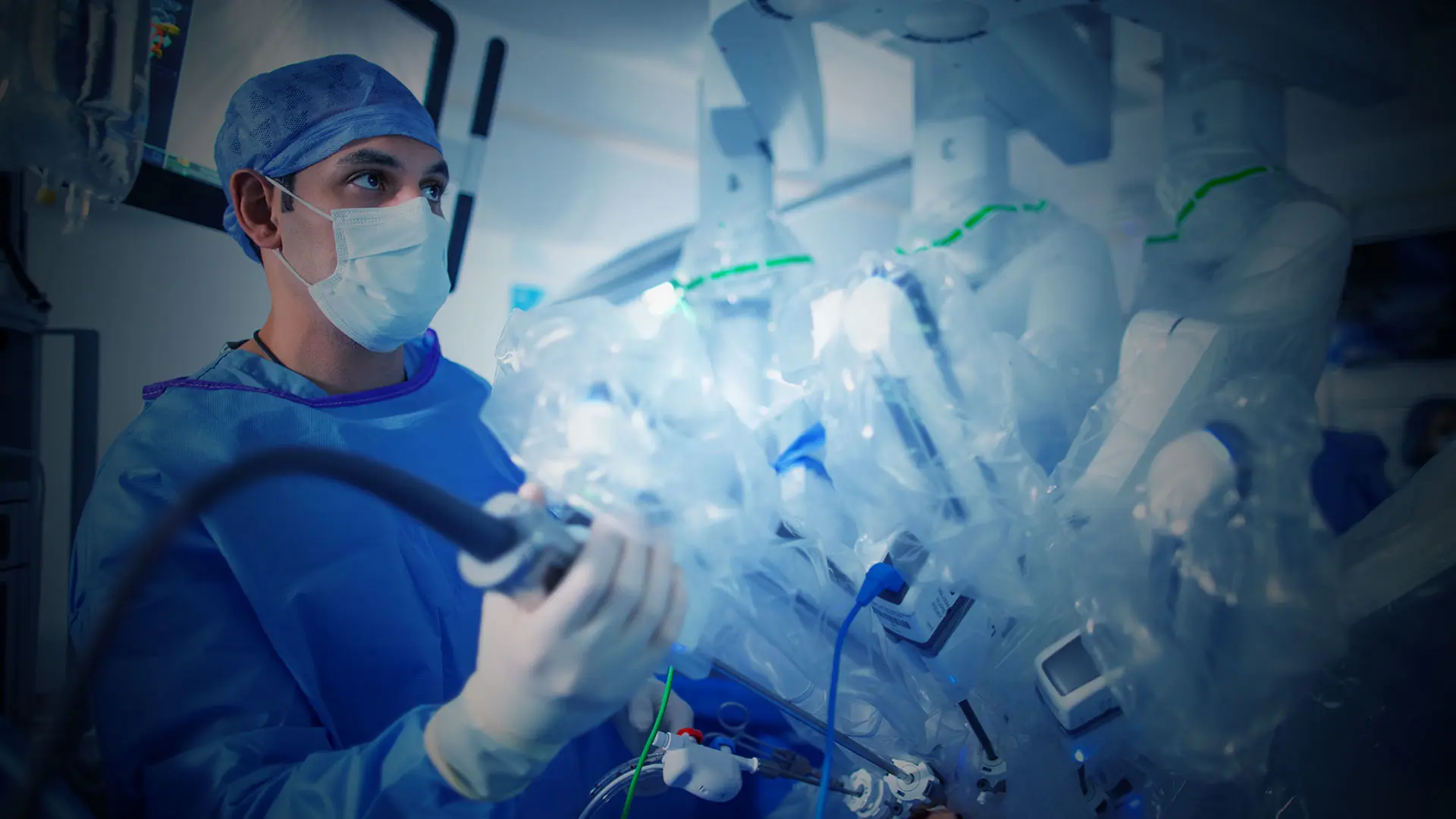For years, rare renal cell carcinomas (RCCs), such as papillary RCC, have been understudied because their incidences are too low to support clinical trials. Kyrollis Attalla, MD, believes Mount Sinai could overcome that challenge through a cutting-edge approach: laboratory-grown tumor organoids that mimic the parent tumor in the body.
“That creates the opportunity to conduct a range of studies exploring tumor factors such as their features, morphology, cell interactions, signal transduction, and protein expression,” says Dr. Attalla, Assistant Clinical Professor of Urology at the Icahn School of Medicine at Mount Sinai. “These factors will not only give us insights as to how these tumors function but also enable us to identify therapeutics that demonstrate efficacy in treating these tumors.”

Kyrollis Attalla, MD, Assistant Clinical Professor of Urology at the Icahn School of Medicine at Mount Sinai
Collaborating with Ketan Badani, MD, Director of the Kidney Cancer Program at the Mount Sinai Health System, and Professor of Urology at Icahn Mount Sinai, and with Benjamin D. Hopkins, PhD, Assistant Professor of Genomics and Genetic Sciences, and Oncological Sciences at Icahn Mount Sinai, and co-leader of the Functional Genomics Pipeline at The Tisch Cancer Institute, Dr. Attalla believes progress is being made toward that goal. Dr. Hopkins’ lab has achieved an impressive success rate in growing kidney cancer tumor organoids with a high degree of fidelity—something that Dr. Attalla says is difficult to achieve. These organoids form the building blocks for the creation of a biobank to enable groundbreaking research in tumor biology and, importantly, therapeutic agents.
“This is not the first organoid biobank but, based on a literature review, it is the first kidney cancer biobank and one of the first that is characterized by organoids demonstrating high fidelity between the parent tumor and the organoid,” Dr. Attalla says. “Our increasing success in growing tumor organoids affords us the opportunity to interrogate a wide range of rare tumor subtypes.”
Currently, administration of therapeutic agents for patients with RCC is informed by clinical trials. The most common subtype of RCC, clear cell RCC, is the best studied subtype; rarer subtypes such as papillary RCC are commonly precluded from studies due to low incidences. Organoids hold the potential to enable study of these subtypes. They offer the ability to mimic the morphology and characteristics of a patient’s tumor in the lab. The resulting organoid can then be subjected to a wide array of therapeutic agents and studied for signals of sensitivity.
“This is not quite ready for prime time,” Dr. Attalla says. “But the potential is there to identify which therapeutics would be effective for an individual patient based on various drug screens. I am not aware of anything like this having been done before in this space and I believe it is an important step forward in achieving precision medicine approaches for kidney cancer.” Even so, Dr. Attalla says that the research conducted with these organoids ultimately has the capability to inform the design of clinical trials, which will help guide patient treatment.
Achieving that goal will necessitate the development of a robust, agnostic biobank that enables important research across all RCC subtypes. Although the biobank is in the early stages of development, Dr. Attalla’s research offers a glimpse of the therapeutic breakthroughs it could facilitate. He is interested in growing papillary RCC organoids to identify therapeutic agents that could achieve positive outcomes among patients. He has identified nonstandard-of-care therapeutic agents that have exerted sensitivity in papillary RCCs and those observations open the door to further insights as to how tumor cells interact with treatments and other cells.
“Usually, translational science like this moves at a slow pace because you have to keep building on small successes,” Dr. Attalla says. “This undertaking has the potential to achieve large successes that we can build on quickly, and for that reason it is very exciting and promising in terms of its impact.”
